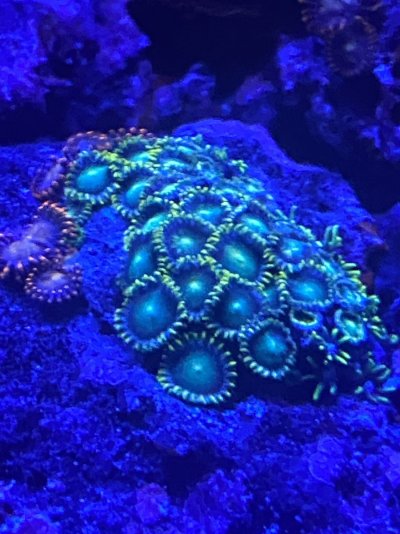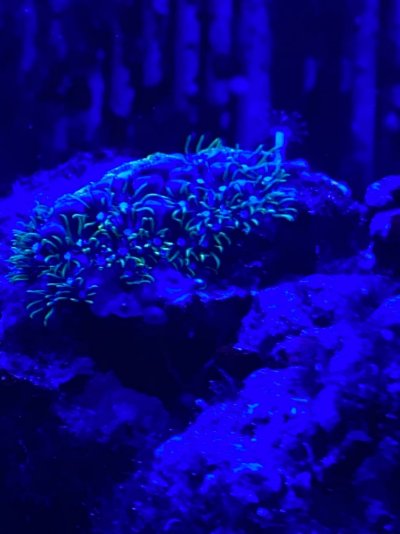- Joined
- Mar 6, 2020
- Messages
- 5,618
- Reaction score
- 3,489
Might try it once I get them lol. I love the look of Duncans, even basic Frogspawn and Hammers, Bubble Coral, Blastos and other Brain corals, Cyphastrea, Candy Cane / Trumpets, even Pavona. Love em!

















